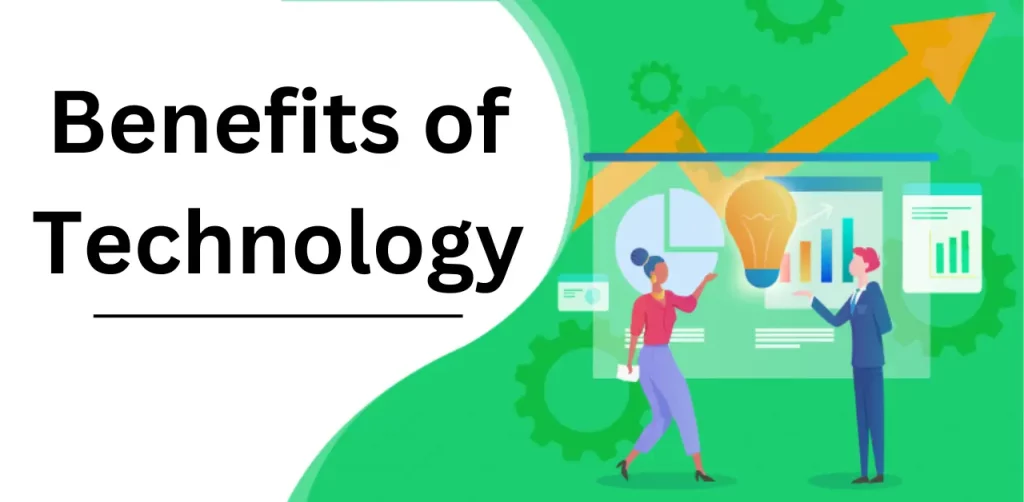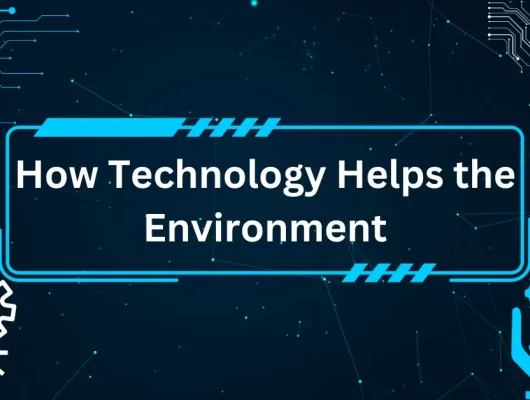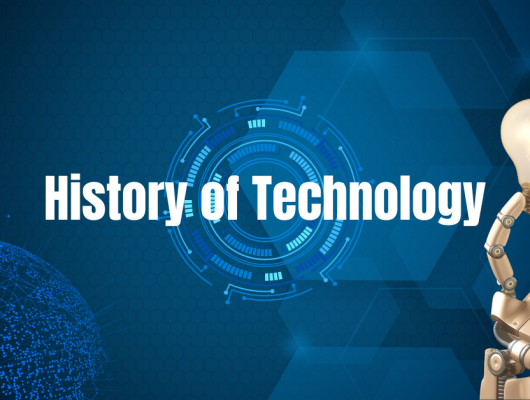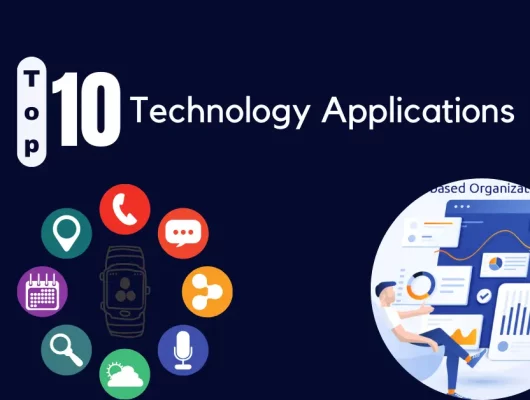Technology is an ever-evolving field that has been shaping the way we live, work and communicate. From the invention of the wheel to the development of artificial intelligence, technology has played a crucial role in human progress. As we continue to embrace innovation, it’s important to understand the different types of technology and their applications.
What is Technology?
Technology refers to any tool, device or process that is used to solve a problem, improve efficiency or create new products. It encompasses a wide range of fields such as engineering, computer science, and healthcare. The word “technology” comes from the Greek words “techne” and “logia”, meaning art and study respectively. In simple terms, technology is the application of scientific knowledge for practical purposes.
Importance of technology
Technology is indispensable in today’s world. It has made our lives easier and more efficient, propelling us into a new age of convenience and productivity. From smartphones to self-driving cars, technology has transformed every aspect of our lives, including communication, transportation, and entertainment, to name just a few.
Understanding different types of technology can help us to appreciate their impact and potential. For instance, Information Technology (IT) involves the use of computers and telecommunications to store, retrieve, and transmit information. This has revolutionized how businesses operate and has fostered global connections.
On the other hand, Medical Technology refers to the application of organized knowledge and skills in the form of devices, medicines, vaccines, procedures, and systems developed to solve health problems and improve the quality of life. Medical advancements such as MRI machines, artificial organs, and robotic prosthetic limbs symbolize the extent to which technology can push boundaries.
Another type of technology, Assistive Technology, is designed to aid people who have difficulties performing certain tasks. This includes wheelchairs, hearing aids, and text-to-speech software. It’s a testament to how technology can enhance personal capability, offering new opportunities for people with disabilities.
Types of Technology
- Information and Communication Technology (ICT): ICT refers to the use of computers, software, and telecommunications to process and share information. This includes technologies such as the internet, smartphones, and social media platforms.
- Medical Technology: This type of technology encompasses medical devices, equipment, and procedures used to diagnose, treat or prevent illnesses. Examples include X-ray machines, MRI scanners, and prosthetics.
- Agricultural Technology: Agricultural technology involves the use of innovation in farming practices to improve crop yield, soil health and reduce waste. This includes technologies such as precision agriculture, genetic engineering and sustainable farming methods.
- Transportation Technology: From bicycles to airplanes, transportation technology has greatly improved our ability to move from one place to another. This includes technologies such as cars, trains, and aircraft.
- Nanotechnology: This is the science of manipulating matter on an atomic or molecular scale to create new products and materials with unique properties. Examples include carbon nanotubes used in electronics and nanoparticles used in medicine.
- Energy Technology: This refers to the technologies used to harness and store energy from various sources such as fossil fuels, wind, solar and nuclear power.
- Manufacturing Technology: Manufacturing technology involves using machinery and tools to create goods on a large scale. This includes technologies such as 3D printers, robots, and automation systems.
- Construction Technology: This type of technology is used to design, plan and construct buildings and infrastructure. Examples include building information modeling (BIM), prefabrication, and virtual reality simulations.
- Space Technology: Space technology is used for exploration, communication, and research in outer space. This includes technologies such as satellites, rockets, and telescopes.
Benefits of Technology

- Improved Efficiency: The use of technology has greatly increased efficiency in various industries, leading to faster production and delivery of goods and services.
- Enhanced Communication: Technology has revolutionized the way we communicate with others, making it easier and faster to connect with people from all over the world.
- Access to Information: With the internet, information is just a click away. This has made it easier for individuals and businesses to access and share knowledge, leading to increased productivity and innovation.
- Better Healthcare: Medical technology has greatly improved our ability to diagnose and treat illnesses, ultimately saving lives.
- Sustainable Development: Technologies such as renewable energy and sustainable agriculture are helping us create a more sustainable future for our planet.
- Space Exploration: Technology has allowed us to explore the wonders of space, leading to new discoveries and advancements in our understanding of the universe.
- Increased Accessibility: Technology has made it easier for individuals with disabilities to access education, employment, and other opportunities.
- Improved Quality of Life: From entertainment to household chores, technology has greatly improved our quality of life by making tasks easier and more convenient.
Conclusion
Technology is constantly evolving and shaping our world in ways we could not have imagined. By understanding the different types of technology and their benefits, we can appreciate its impact and use it to drive progress in various aspects of our lives. As we look towards the future, it’s important to embrace technology responsibly and continue to harness its power for the betterment of society. So, let’s continue to innovate and push boundaries, as we strive towards a more advanced and connected world. Let’s embrace the endless possibilities that technology holds and use it to create a brighter future for all.
FAQs
- What is Information and Communication Technology (ICT)?
ICT refers to the use of computers, software, and telecommunications to process and share information. This includes technologies such as the internet, smartphones, and social media platforms.
- How has Medical Technology evolved over the years?
Medical Technology has evolved immensely, starting from simple tools to advanced devices and procedures used to diagnose, treat or prevent illnesses. Today, we have advancements like X-ray machines, MRI scanners, and prosthetics.
- What are some examples of Nanotechnology?
Nanotechnology is the science of manipulating matter on an atomic or molecular scale to create new products and materials. Examples include carbon nanotubes used in electronics and nanoparticles used in medicine.
- How does Energy Technology contribute to sustainable development?
Energy Technology includes technologies used to harness and store energy from various renewable sources like wind, solar and nuclear power, thus promoting sustainability and reducing reliance on fossil fuels.
- What role does technology play in improving our quality of life?
Technology has greatly improved our quality of life by making tasks easier and more convenient. From facilitating instantaneous communication to simplifying household chores, technology enriches our everyday experiences.







